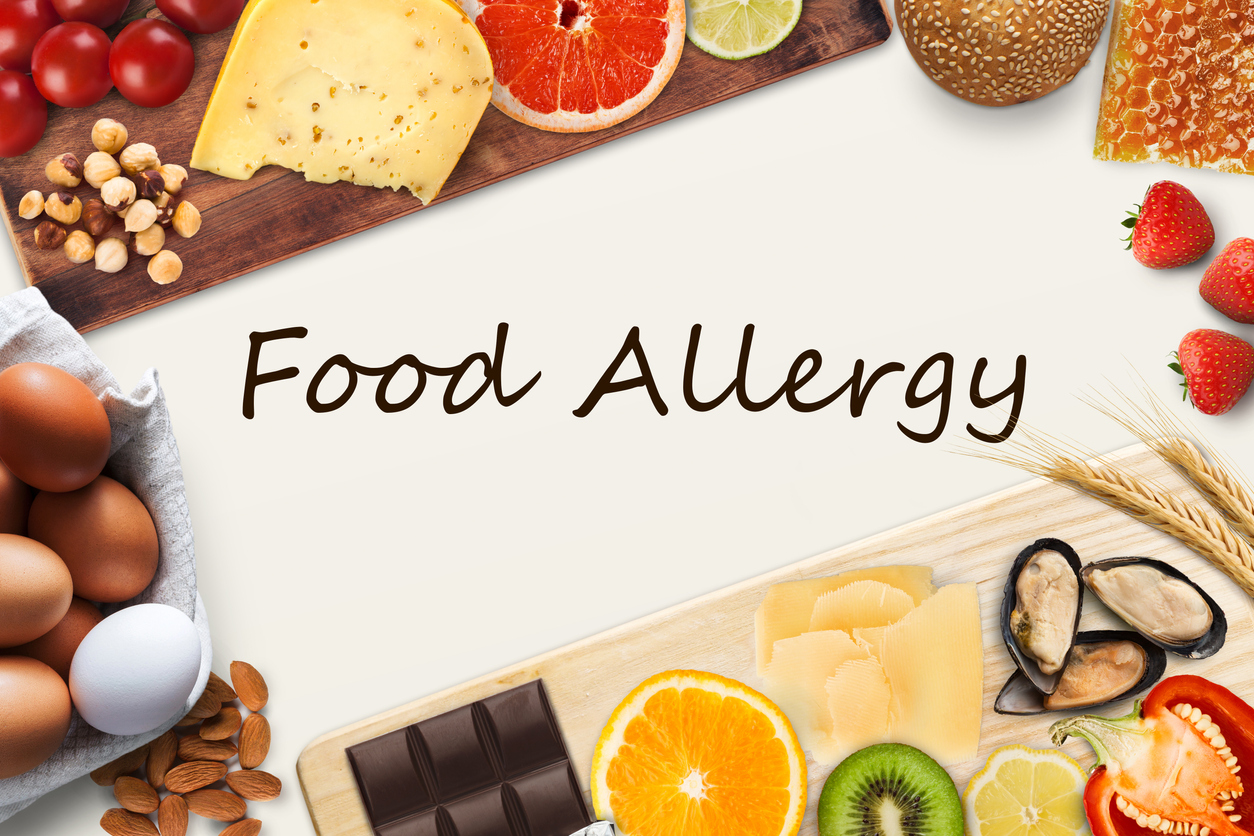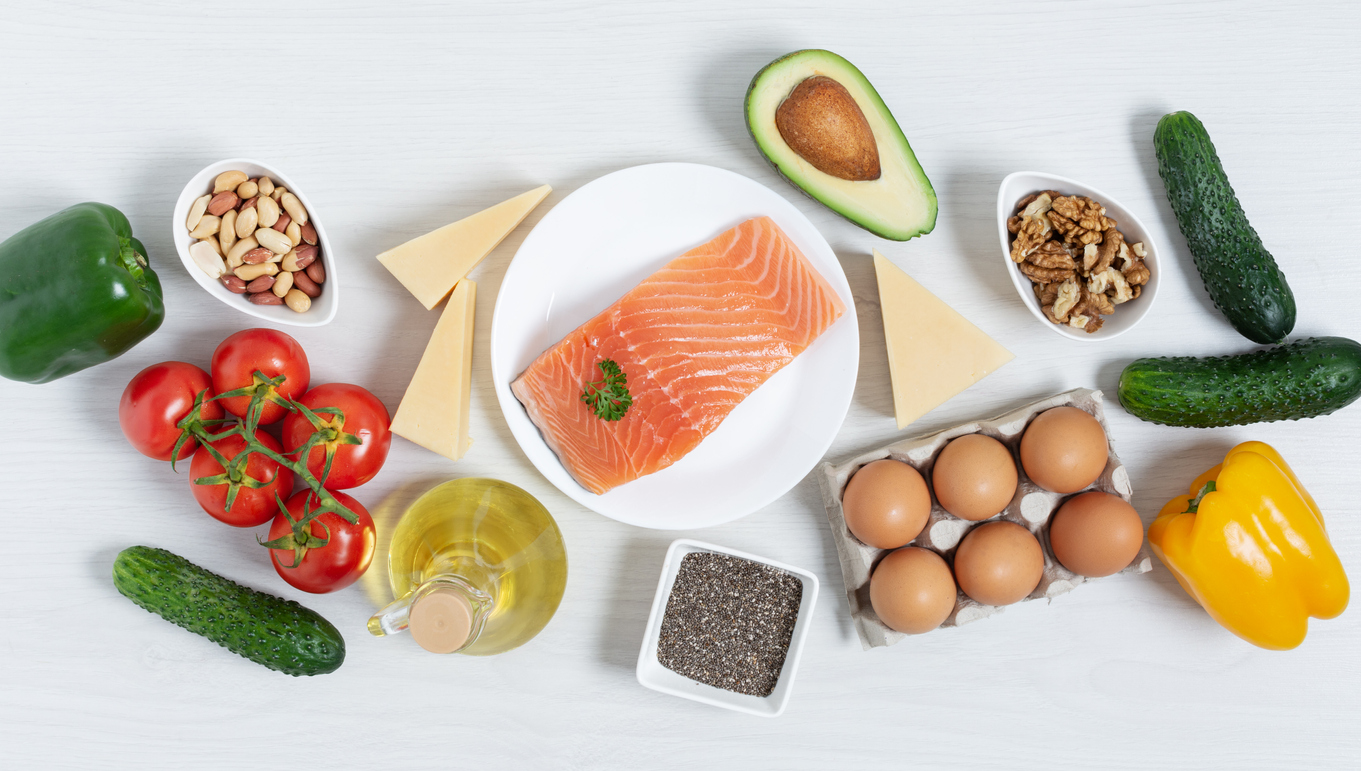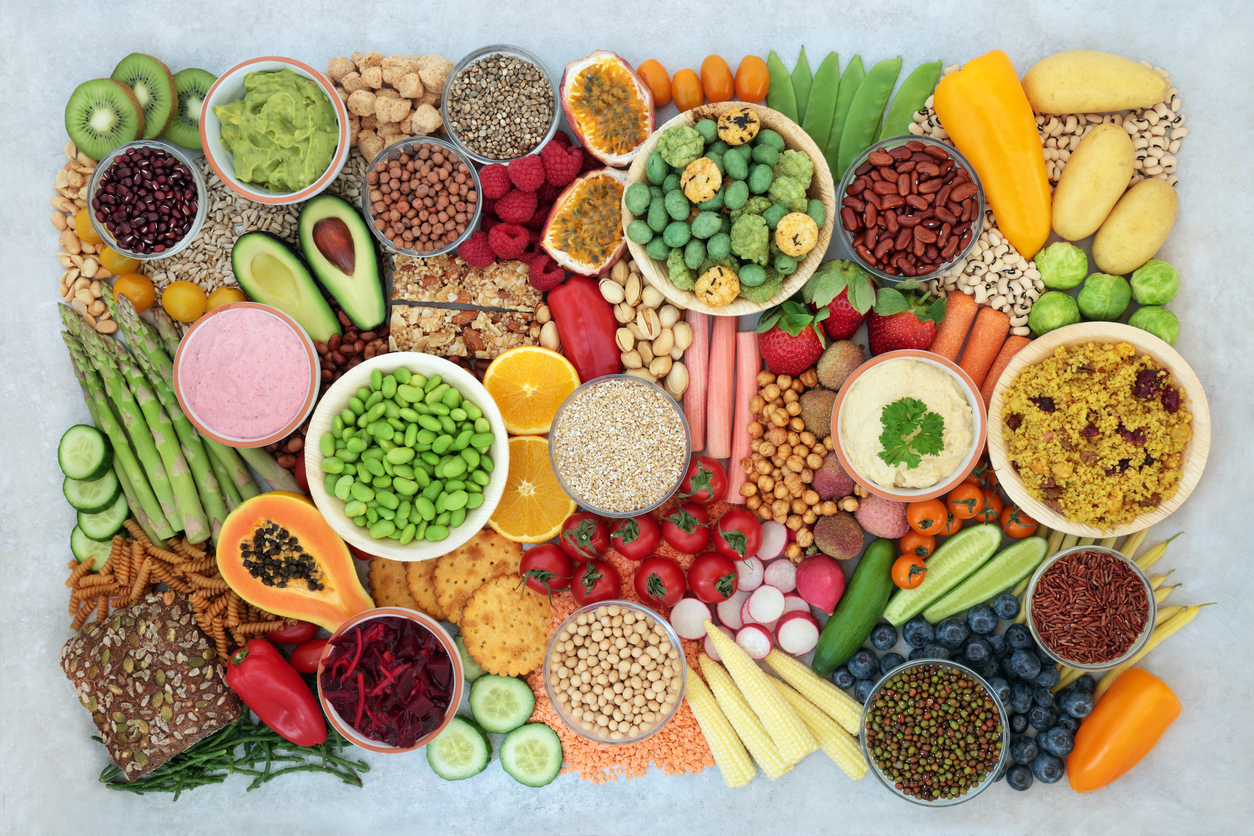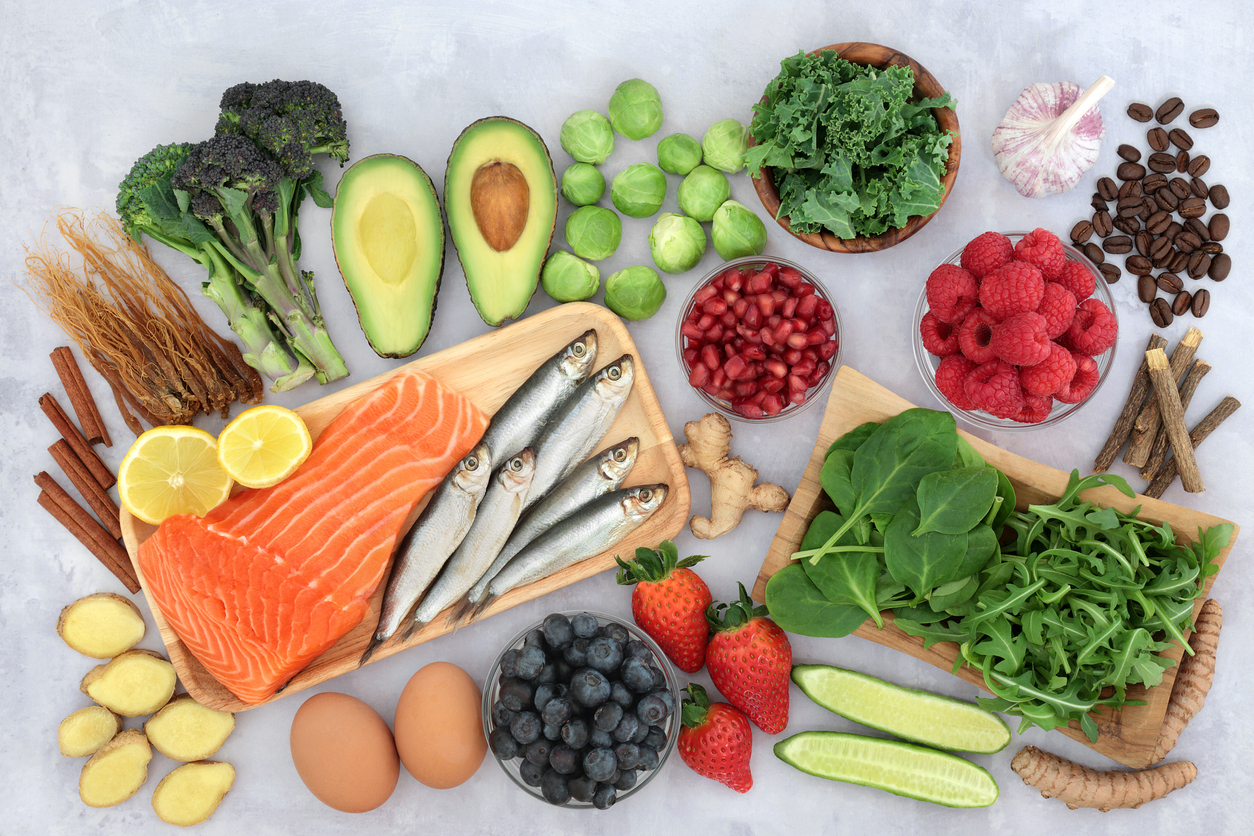Wellness
What Are Food Allergies?

A food allergy is the result of the body’s immune system recognizing certain proteins in food as harmful. When the food triggers an abnormal immune response, the body releases histamine, causing inflammation. Food allergies can range in severity from mild to life-threatening, or anaphylaxis. Food allergies are different from food intolerances, which is a problem digesting food that does not involve the immune system.
How food allergies work
Immunoglobulin E (IgE) is an antibody protein that travels through the blood. Mast cell is a white blood cell that is present in all body tissue, especially the nose, throat, lungs, skin, and digestive tract. The first time an individual consumes a food they are allergic to, extra IgE is produced. As the IgE is released, it attaches to mast cells. Although an allergic reaction will not occur the first time, the mast cells are now ready to release histamine the next time that particular food is consumed.
Symptoms
Symptoms of a food allergy can appear from a few minutes to a few hours after consuming the offending food. Symptoms of a food allergy include, but are not limited to, the following:
- Tingling or itching in the mouth
- Hives, itching or eczema
- Swelling of the lips, face, tongue, throat, or other parts of the body
- Drop in blood pressure
- Wheezing or nasal congestion
- Difficulty breathing
- Abdominal pain
- Diarrhea, nausea or vomiting
- Dizziness, lightheadedness or fainting
Anaphylaxis symptoms
Seek emergency medical attention if life-threatening symptoms appear. Symptoms of anaphylaxis include the following:
- Tightening or constriction of the airways
- Swelling of the throat
- Sensation of a lump in the throat that makes it difficult to breathe
- Shock
- Severe drop in blood pressure
- Rapid pulse
- Dizziness or lightheadedness
- Loss of consciousness
Most common food allergies
The most common foods that are associated with food allergies include, but are not limited to, the following:
- Cow’s milk
- Eggs
- Fish
- Peanuts
- Shellfish, such as shrimp, lobster, crayfish, squid, scallops or prawns
- Soy
- Tree nuts, such as almonds, Brazil nuts, cashews, macadamia nuts, walnuts, pine nuts, or pistachios
- Wheat
Treatment
There is currently no cure for food allergies. The best line of treatment is to work with a health care professional to identify food allergens and avoid them. Medications to ease food allergy symptoms that do not cause an anaphylactic reaction include antihistamines, corticosteroids and bronchodilators. In the event that food allergies are severe, epinephrine auto-injectors should be carried at all times.
Risk factors
Certain factors increase the risk of developing food allergies. They include the following:
- Family history of food allergies, asthma, eczema, hives, or hay fever
- Other allergies are present, such as hay fever or eczema
- Younger age, since food allergies are more common in children
- Asthma and food allergies commonly occur together


















